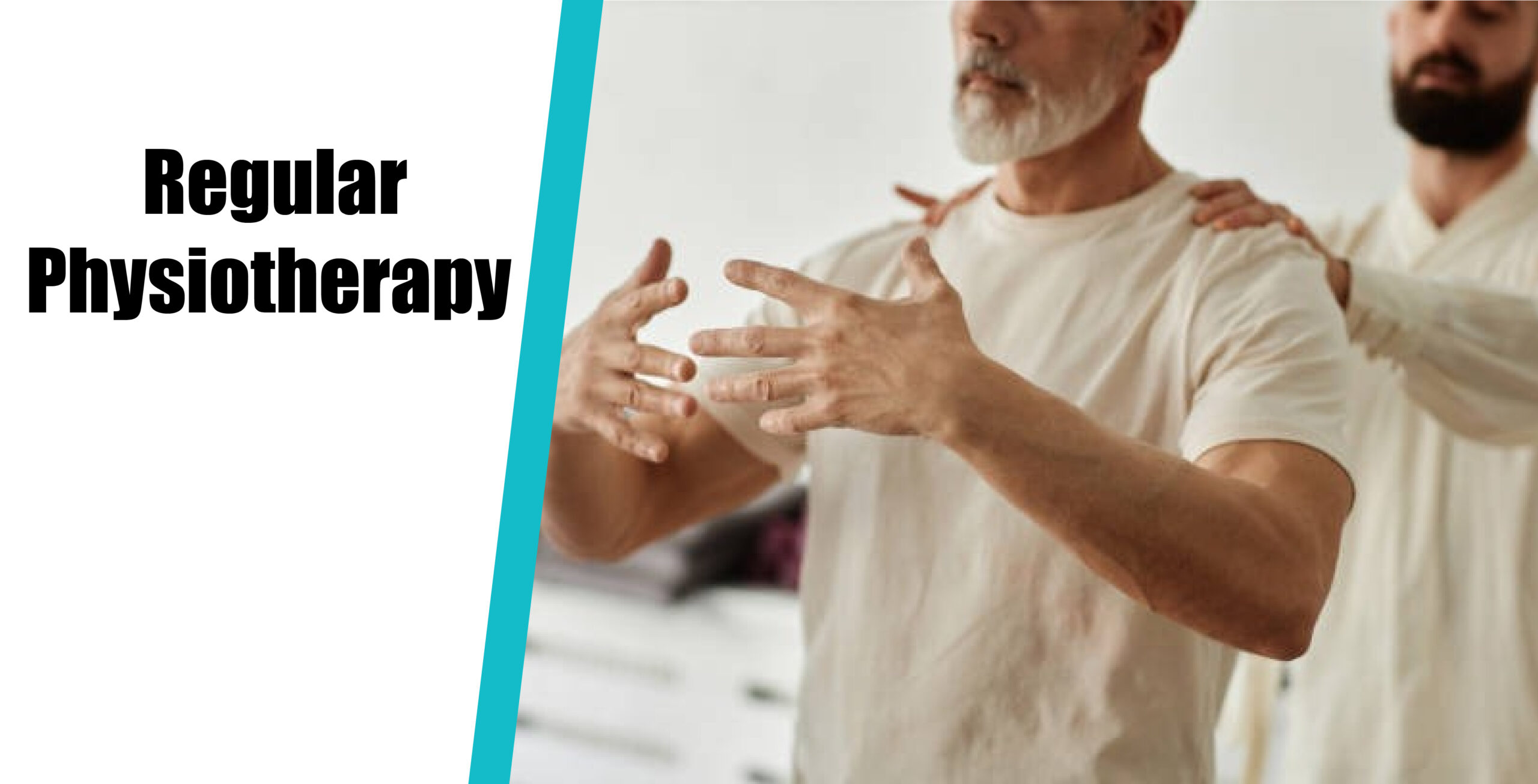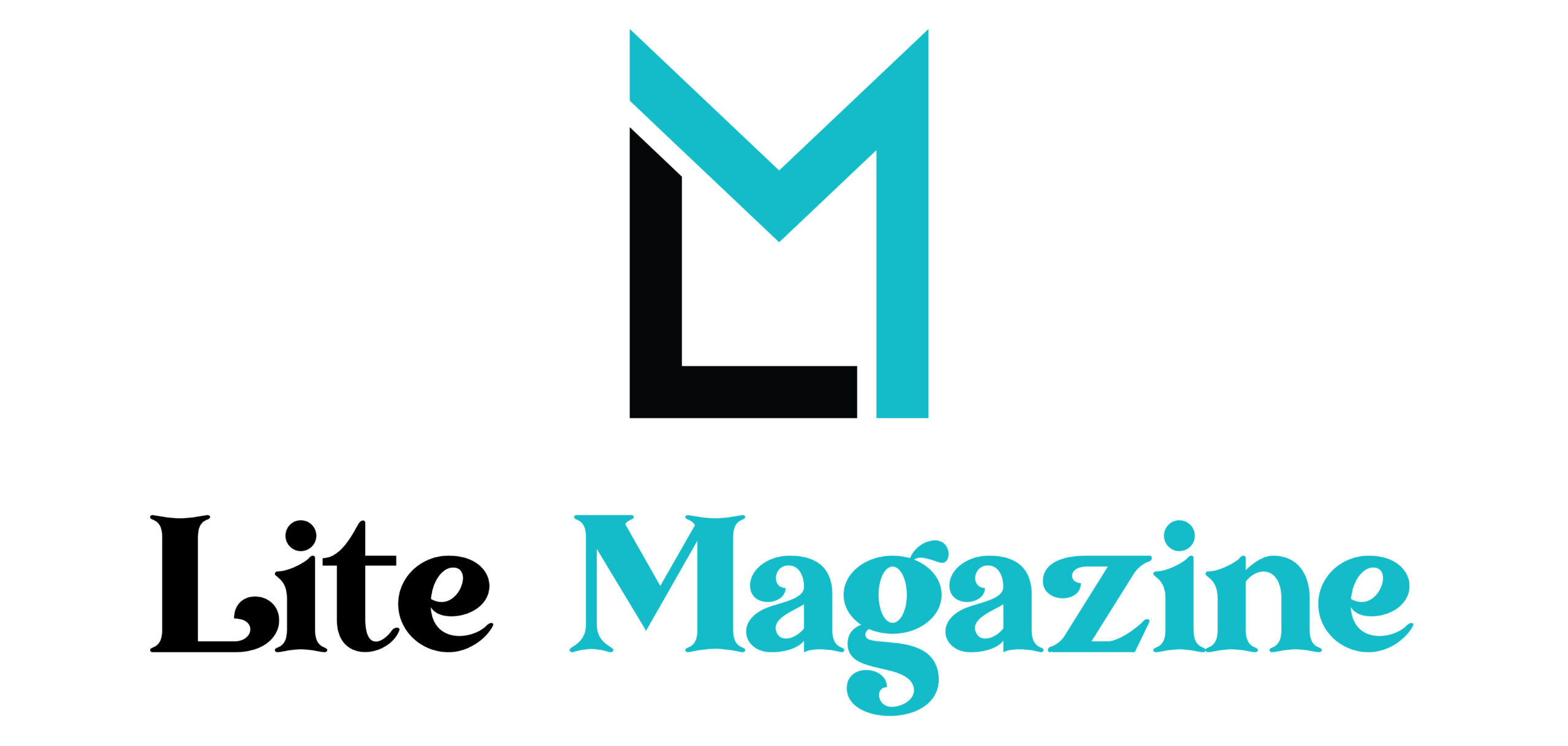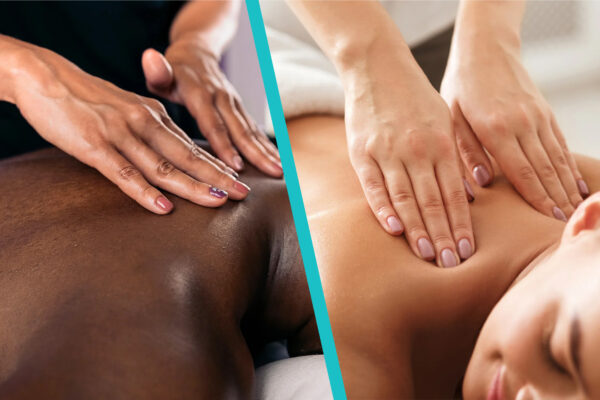Telling people to be active is often described as a lifelong prescription, but how that prescription is fulfilled changes by decade. Strength, mobility, recovery time and daily habits all change as we progress through our 20s, 30s, 40s and beyond. In the meantime, ongoing physiotherapy provides a scaffolding to guide individuals to better understand their bodies, adapt in educated ways and keep moving. That’s why so many people turn to clinics like AHF Physiotherapy to guide them in remaining active and preventing more flare-ups. Periodic expert advice like this can help keep the door to an active lifestyle open at any age.
Movement in Your 20s: Building Habits and Preventing Early Issues
The 20s are often marked by excitement, experimentation and a bit of invincibility. People may engage in high-intensity workouts, demanding sports schedules, or long periods of sitting while studying and starting their careers. Previous injuries from sports as a teenager, bad posture from laptops and early symptoms of muscle imbalance can start to show.
Regular physiotherapy at this stage focuses on building awareness. Through assessment and education, practitioners can teach sustainable movement patterns that prevent discomfort later on. AHF Physiotherapy can play a role here by offering early intervention strategies that help young adults recognise their strengths and vulnerabilities.
Keep in mind that exercise programming is dynamic and evolving, so night owls and day runners alike will continue to have a structured plan to help them keep moving and keep coming back. Solve issues instead of simply coping with them and people are able to go into their next decade with a stronger base.
Keep Reading: The Truth About Antonimar Mello, Lisa Lisa’s Husband
Staying Active in Your 30s: Managing Workload and Growing Responsibilities
The 30s can bring new kinds of pressures: career advancement, long hours at a desk, parenting obligations and less time for leisure. Some start feeling tightness, persistent backaches, or tiredness that makes them take it slow in their once-effortless routines. This decade might seem like a phase of moving from “always ready” to “sometimes restricted.”
Physiotherapy sessions counteract those modifications. With specific exercises that can be squeezed into busy days, people are able to preserve functional strength and keep jabbing pain in check. Regular sessions at AHF Physiotherapy empower adults to meet those challenges head on by detecting the earliest signs of stress as office work and repetitive daily tasks take their toll. Teaching individuals about posture, ergonomics, and healing provides them with the knowledge they need to remain active, even when life gets more complex. Rather than old injuries flaring up again, physiotherapy leads to reliable and enjoyable movement, she says.

The 40s: Supporting Recovery, Strength and Body Awareness
Intensity now serves as more of a recovery aid than at people are their 40s. Some attribute this to slower bounce-backs post-exercise, morning stiffness, or lingering aches and pains that have been pushed to the back burner for too long. Being physically active is still 100 per cent possible, but it takes more intention and body awareness.
Physiotherapy brings clarity at this stage. People can be guided on how to adapt their training to their evolving body with specialist programming through the likes of AHF Physiotherapy. Manual therapy, movement drills, and strength training can help a patient regain balance and minimize the likelihood of injury. Ongoing visits also provide patients a sanctioned moment to contemplate how their bodies respond to stress, sleep, and exercise. Rather than feeling constrained by age, they’re able to adjust intelligently and continue participating in the activities they love.
Physiotherapy through the 40s helps to make it easier to keep moving. Whether that’s running, cycling, lifting weights or just hoping to keep pace with an active family, advice tailored to individuals helps them make sustainable gains. But in AHF’s message Physiotherapy assures us that we can challenge ourselves and support one another, without ever pushing our body farther than it can safely go.
Active Living at 50 and Beyond: Mobility, Longevity and Confidence
For the 50 and over crowd, mobility and confidence are king. People may have stiff joints, decreased mobility, or be concerned about exacerbating long-term injuries. Cardiovascular health, mental well-being and independence are also more important than ever to stay active.
Physiotherapy breaks down barriers with tailor-made advice on how to keep moving pain free.
AHF Physiotherapy also offers older adults guidance on what “normal aging” means by breaking down safe strength-building exercises and balance training. When you keep up with weekly (or regular) appointments, walking, swimming, gardening, or playing sports on the weekend stay fun — and comfortable — activities. Physiotherapists also treat people with chronic conditions, showing them how to work around pain but not giving up their favourite pastimes.
Consistency follows confidence and confidence is a result of consistency. For many, physiotherapy is not just about fixing problems but building a proactive relationship with their bodies.
A Lifelong Approach to Activity
Physiotherapy is valuable at all ages. It gives people a sense of structure, information and motivation so that they feel able to get out and exercise without being held back by their age, busy schedules or old injuries. With regular check-ups, personalised exercise programmes and professional support at organisations such as AHF Physiotherapy, people can enjoy good mobility at every stage of life.











